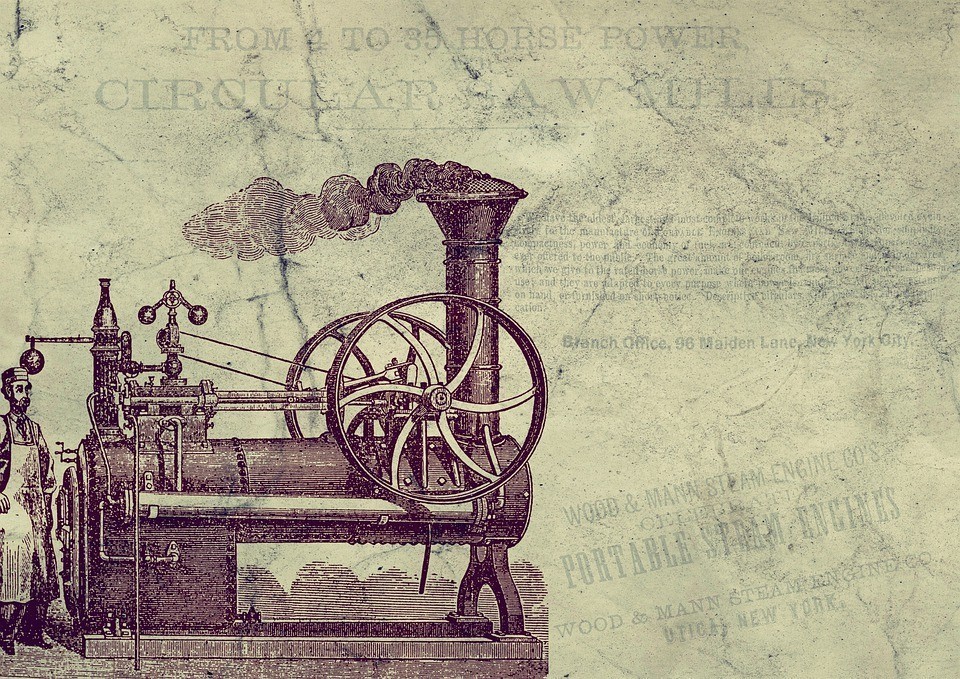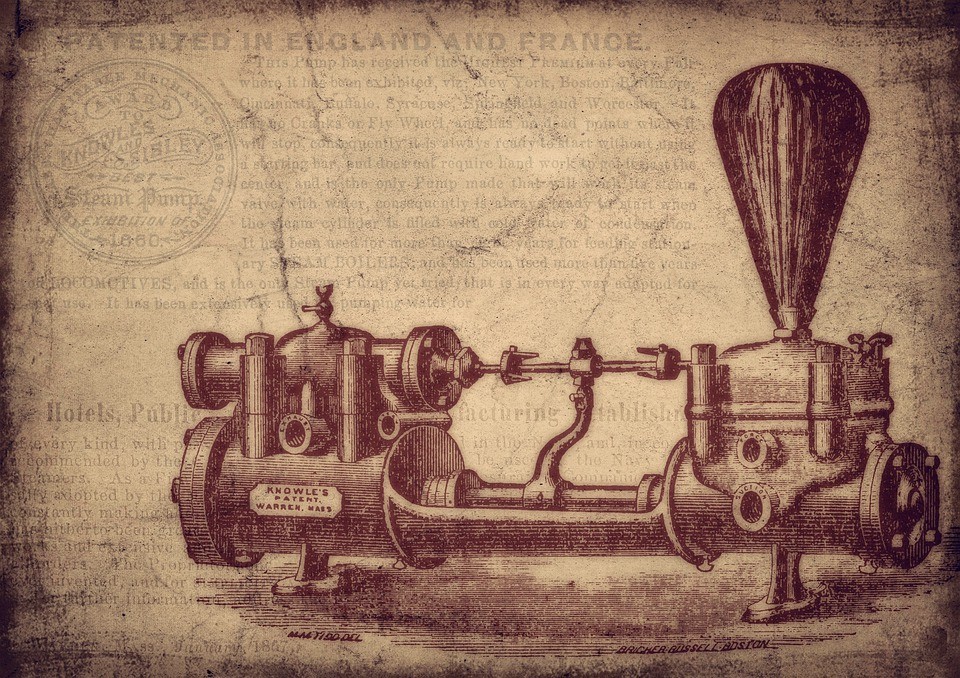One of the biggest factors in market competition is innovation, so much so that it is now common for many companies to have their own sector for this purpose, often with innovation targets set per year, for example.
For innovation to happen continuously in your company, a culture of innovation is necessary in which the entire company is involved, and the innovation patent is precisely aligned with this theme.
When you have a culture of innovation in your organization, it becomes necessary to pay attention to the market and protect your innovation through a patent, inhibiting unfair competition.
Protecting and ensuring the commercial exploitation of your innovation is the function of a patent, however, this can be one of the main bureaucratic and technical challenges for any entrepreneur.
For this reason, it is necessary to be attentive to the patent application, as there are two types and this can affect your plans. The models permitted in Brazil are: Invention Patents (IP) and Utility Models (MU).
What is an Innovation Patent?

For the National Institute of Industrial Property (INPI), a patent is a temporary property title over an invention or utility model, granted by the State to inventors, authors or other natural or legal persons holding rights over the creation.
With this right, the inventor or patent holder has the right to prevent third parties from attempting to produce, use, offer for sale or import the product or process (as well as the product of the patented process) of his patent without his consent.
In return, the inventor is obliged to reveal in detail all the technical content of the matter protected by the patent.
Therefore, the Innovation Patent is the modality that serves innovation, that is, it serves any process, technique or object with an innovative character.
An Invention Patent (IP) is used for something completely new that solves a current problem and has innovative, inventive characteristics and industrial viability.
NOTE: IP is a title that belongs to the first person to request it, granting its holder an exclusive right to industrial and commercial exploitation for a period of 20 years.
What about a Utility Model?

The Utility Model, in turn, protects a project that creates an incremental and functional improvement to an existing item and that will evolve in use or in factory production.
When making this modification, the new item must have industrial application and, in addition, a new shape or arrangement.
The Utility Model (MU) can also serve as a reinforcement for small entrepreneurs/inventors, especially those seeking to protect innovations based on existing products.
Furthermore, the initial cost and annual fees are also lower than for invention patents. An example is the straw we use to drink soda or juice every day.
That little accordion, which allows you to easily bend the straw, is an example of MU. By adapting its use and being something new, improving its use by people in hospitals and those with physical disabilities, the product became more innovative and differentiated.
Main differences between Invention Patents and Utility Models

It is worth highlighting some differences between invention patents and utility models, the main one being duration:
For the invention patents are 20 years counted from the date of deposit, or at least 10 years after the date of grant.
Already the utility models last 15 years after the date of filing or at least 7 years after the date of grant.
Another distinguishing point is that it is possible to change the nature of a patent. Through a request addressed to the INPI, an invention can become a utility model, for example.
And is it worth patenting?

Patenting is essential and indicates how society and the economy are growing. Through new patents, the market is strengthened and everyone benefits.
A patent is the most appropriate way to protect your innovation and investments in technological development.
In other words, in addition to demonstrating local and national growth, it guarantees you ownership of the innovation.
In practice, there is protection against copying or unauthorized use of the patented product, including the certainty of a financial return on the investment made.
In developing an improvement or innovation with new technology or product, it is necessary to invest time and money, so it is essential to protect the invention to ensure adequate exploitation, the business world is dangerous, and preserving your effort, creativity, time and money is always worth it.
An additional piece of information is that you can also apply for protection for your invention in other countries. According to the INPI, you must file an equivalent application in the country or region where you wish to obtain the patent.
First the application must be made for the language of the desired region. After that, a proxy is then defined for the company in that country.
The deposit procedure in different countries can be simplified by using the Patent Cooperation Treaty (PCT), in which the INPI acts as the receiving office and carries out a preliminary search/examination.
Patent management and professional consultancy
As previously exemplified, patent registration and protection is like a guarantee against unauthorized use of your innovation. Regardless of the company's profile or size, a patent becomes necessary to protect the brand and products against unfair competition.
The current global market demand breaks with local and national boundaries. Therefore, your company needs to be aware of the importance of patent registration as an element of competition and differentiation.
We of the 4C Innovation, we have a product development platform that strengthens and guides companies to transform ideas into products with sales success and market viability. The methodology is inspired by the Innovation Management strategies used by MIT, optimized for the reality of Brazil.
Did you like our text? Keep reading our materials and subscribe to our newsletter to get even more content about innovation and get your ideas off the ground.